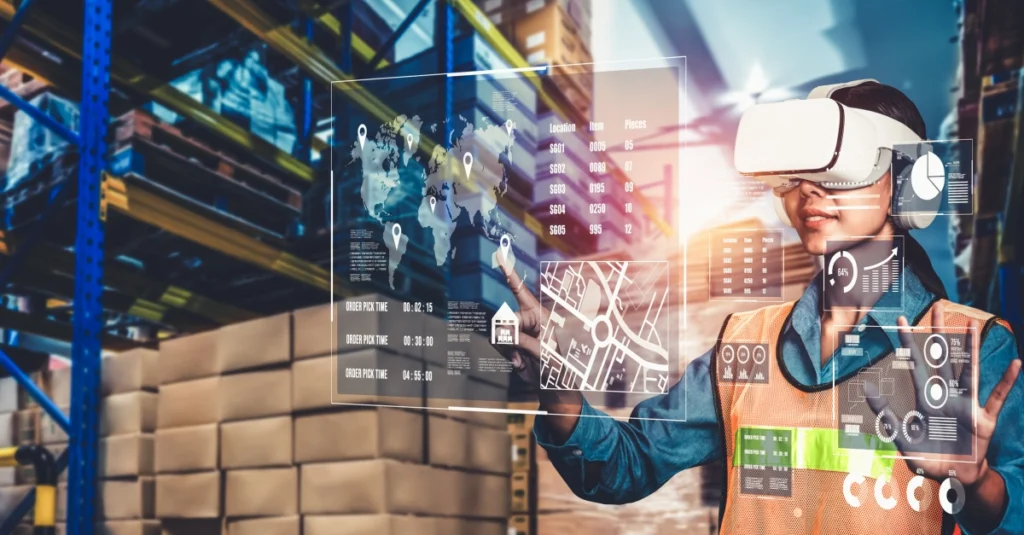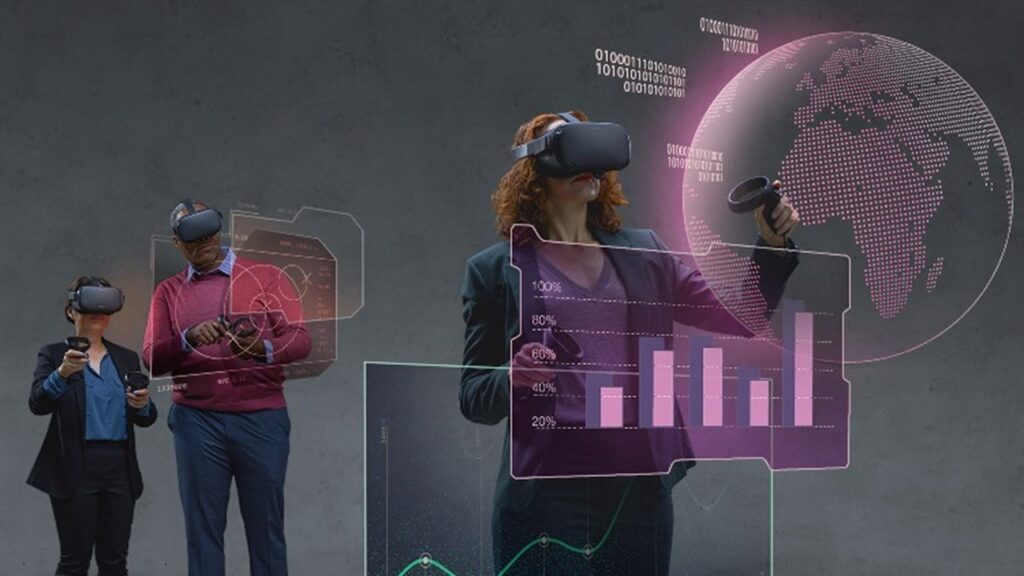Virtual reality (VR) has emerged as a powerful tool for training and education, providing learners with immersive and realistic experiences that can help improve their learning outcomes. As technology continues to advance, the use of VR is becoming more accessible and cost-effective, making it an increasingly popular tool for educators and trainers.

One of the key benefits of VR for training and education is its ability to provide an immersive and realistic experience. With VR, learners can be transported to virtual environments that simulate real-world scenarios, allowing them to experience and interact with situations that would be difficult or impossible to recreate in traditional training environments. For example, VR can be used to simulate hazardous or dangerous environments, such as a construction site or an oil rig, allowing learners to practice emergency procedures and safety protocols in a safe and controlled environment. This can help improve learner engagement, retention, and transfer of knowledge, leading to more effective learning outcomes.
Another benefit of VR for training and education is its ability to standardise training. With traditional training methods, there can be significant variation in the quality and consistency of training across different trainers, locations, and time periods. However, with VR, the training experience can be standardised, ensuring that all learners receive the same training regardless of their location or trainer. This can help improve the quality and consistency of training outcomes, leading to better learning outcomes. For example, VR can be used to provide consistent and standardised training to healthcare professionals on a specific procedure or medical device, ensuring that they all have the same level of knowledge and skills.

VR can also be used to provide training in dangerous or expensive environments. For example, in industries such as aviation or military training, VR can be used to simulate dangerous or costly scenarios, allowing learners to practice and gain experience without putting themselves or others at risk. This can help reduce the cost and risk associated with training, while still providing learners with valuable experiences that can help prepare them for real-world situations. For example, pilots can use VR simulations to practice emergency procedures, improving their ability to respond to critical situations in flight.
In addition, VR can be used to provide training to learners in remote or inaccessible locations. For example, VR can be used to provide medical training to learners in rural areas or developing countries, where access to traditional training methods may be limited. This can help improve access to education and training, providing learners with the knowledge and skills they need to succeed in their careers.
Overall, the benefits of VR for training and education are clear. It can provide an immersive and realistic experience, standardise training, and provide training in dangerous or expensive environments. As such, it is becoming an increasingly important tool for educators and trainers looking to provide a more effective and engaging learning experience. By leveraging the power of VR, educators and trainers can help learners acquire and apply knowledge and skills more effectively, leading to better learning outcomes and improved performance.







